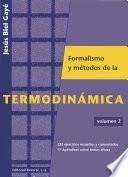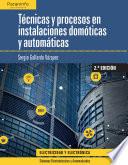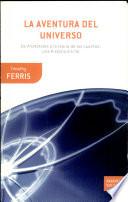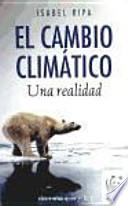Advances in Metal and Semiconductor Clusters
Sinopsis del Libro
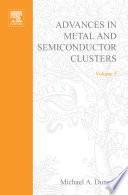
In previous volumes in this series, Advances in Metal and Semiconductor Clusters, the focus has been on atomic clusters of metals, semiconductors and carbon. Fundamental gas phase studies have been surveyed, and most recently scientists have explored new materials which can be produced from clusters or cluster precursors. In this latest volume, the focus shifts to clusters composed primarily of non-metal molecules or atoms which have one or more metal atoms seeded into the cluster as an impurity. These clusters provide model systems for metal ion solvation processes and metal-ligand interactions. Metal-ligand bonding underlies the vast fields of organometallic chemistry, transition metal chemistry and homogeneous catalysis. Catalytic activity, ligand displacement reactions and photochemical activity depend on the specific details of metal-ligand bonding. Likewise, metal ions are ubiquitous in chemistry and biology and weaker electrostatic interactions play a leading role in their function. In solution, metals exist in different charge states depending on the conditions, and the solvation environment strongly influences their chemistry. Many enzymes have metal ions at their active sites, and electrostatic interactions influence the selectivity for metal ion transport through cell membranes. Metal ions (e.g., Mg+, Ca+) are deposited into the earth's atmosphere by meteor ablation, resulting in a rich variety of atmospheric chemistry. Similarly, metal ions ( Mg+) have been observed in planetary atmospheres and in the impact of the comet Shoemaker-Levy 9 on Jupiter. In various circumstances, the electrostatic interactions of metal ions determine the outcome of significant chemistry. Cluster chemistry has made significant contributions to the understanding of these stronger metal ligand interactions and weaker metal ion solvation interactions. In this volume, the authors explore a variety of work in these general areas, where new cluster science techniques in the gas phase have made it possible to synthesize new kinds of complexes with metals and to measure their properties in detail.
Ficha del Libro
Subtitulo : Metal Ion Solvation and Metal-Ligand Interactions
Número de páginas 412
Autor:
- M.a. Duncan
Categoría:
Formatos Disponibles:
MOBI, EPUB, PDF
¿Cómo descargar el libro?
Te indicamos a continuación diferentes opciones para descargar el libro.
Valoración
4.7
26 Valoraciones Totales
